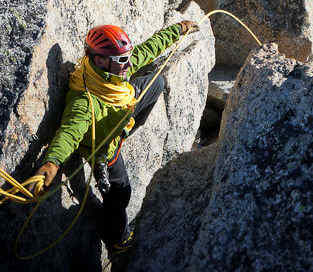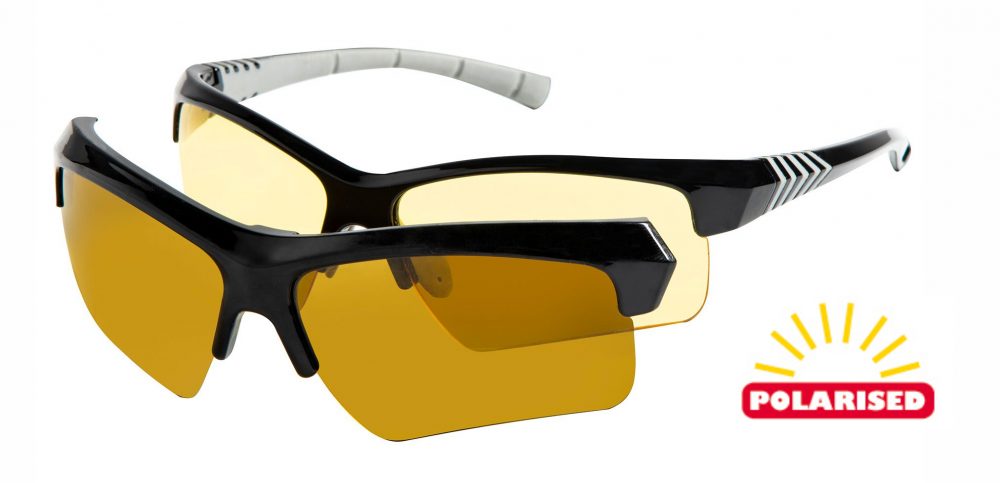You don’t have to be anywhere near snow to get snow blindness

8th February 2021
 During mountaineering expeditions at high altitude incidents of snow blindness can be quite common. In medical terms the condition is known as photokeratitis. It’s a temporary but painful condition that occurs when exposure to ultraviolet rays creates inflammation on the surface of the eye resulting in blurred vision, watery eyes and other uncomfortable symptoms. It usually results when people don’t realise how bright and sunny it is and they’re not wearing sunglasses. Because mountain air is cool, it gives a false sense of security about the sunlight. But the higher the altitude, the greater the ultraviolet (UV) radiation because there is less atmosphere to screen out harmful rays. According to the WHO, ultraviolet radiation levels increase by 10-12% with every 1,000 metre increase in altitude.
During mountaineering expeditions at high altitude incidents of snow blindness can be quite common. In medical terms the condition is known as photokeratitis. It’s a temporary but painful condition that occurs when exposure to ultraviolet rays creates inflammation on the surface of the eye resulting in blurred vision, watery eyes and other uncomfortable symptoms. It usually results when people don’t realise how bright and sunny it is and they’re not wearing sunglasses. Because mountain air is cool, it gives a false sense of security about the sunlight. But the higher the altitude, the greater the ultraviolet (UV) radiation because there is less atmosphere to screen out harmful rays. According to the WHO, ultraviolet radiation levels increase by 10-12% with every 1,000 metre increase in altitude.
Despite its name snow blindness doesn’t only occur in snowy and icy conditions. Photokeratitis can happen at lower altitudes too. It can be caused by the glare off water, sand and even a pavement. White sands can nearly double UV exposure as the sun reflects off the surface. Our eyes are actually ten times more sensitive to UV light than our skin and at much greater risk of UV damage. Even on a cloudy day you will still have UV light getting through the clouds; it may not be as intense, but it can still do damage.
The good news is that any UV400 rated sunglass will block ultraviolet A and ultraviolet B rays and do a good job of protecting against photokeratitis. Of course if you are intending to go mountaineering, skiing or hiking at high altitude, then specialist goggles and eyewear built for the job are far better as they will stay in place when you’re moving, keep out wind and prevent UV from coming in over the top and side of the frame/lenses.
Continue reading

Clever new 2in1 Sport from Eagle Eyes
The 2in1 Sport model is a clever new magnetic concept from Eagle Eyes: a two lens system allowing for daytime protection in any weather & night-time vision enhancement. The two lenses are a base Night-Lite® yellow lens for low, dull...
It’s official – keep a pair of sunglasses in the car
As the UK continues to experience sub-zero winter temperatures with regular warnings of ice and snow, motorists are being encouraged to pack essential items in their car. The UK Met Office, consulting the RAC, has suggested keeping these items in...